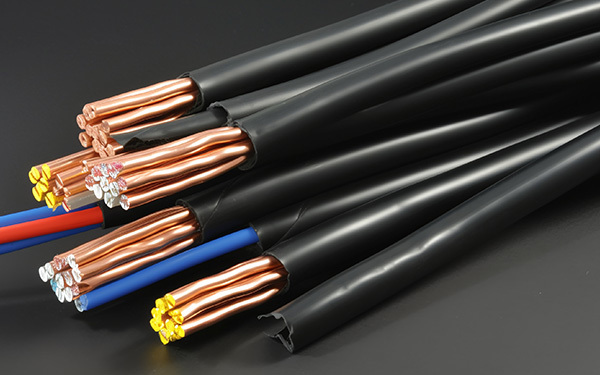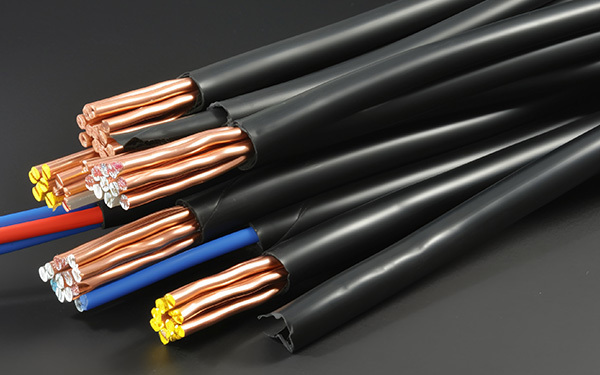What are the benefits of XLPE insulated cables?
Time:
10 Nov,2025

XLPE or Cross-linked polyethylene is a thermoset insulation material. Cross-linking polymers is a process which changes the molecular structure of the polymer chains so that they are more tightly bound together and this cross-linking is done either by chemical means or physical means.
Chemical cross-linking involves the addition of chemicals or initiators such as silane or peroxide to generate free radicals which form the cross-linking. Physical cross-linking involves subjecting the polymer to a high energy source such as high-energy electron or microwave radiation.
Polyethylene (PE) material itself has excellent dielectric strength, high insulation resistance, and a low dissipation factor at all frequencies making it an ideal insulator, however it is limited in its temperature range. Cross-linking the PE to become XLPE increases the temperature range of the insulation whilst maintaining the electrical properties.
XLPE vs PVC cable insulation
XLPE is suitable for voltage ranges from low to extra high voltage, surpassing other insulation materials such as PVC, Ethylene Propylene Rubber (EPR) and silicone rubbers. Cross-linking the polyethylene also enhances the chemical and oil resistance at elevated temperatures and makes it suitable for use as a Low Smoke Zero Halogen material.

The mechanical properties of the XLPE are superior to many other insulations, offering greater tensile strength, elongation and impact resistances. The addition of carbon black can be used to further enhance hot deformation and cut through resistance. The XLPE insulation will not melt or drip, even at the temperatures of soldering irons, and it has increased flow resistance and improved ageing characteristics.
Previous:
Previous:
Recommended
What are the benefits of XLPE insulated cables?
10 Nov,2025
Share to








